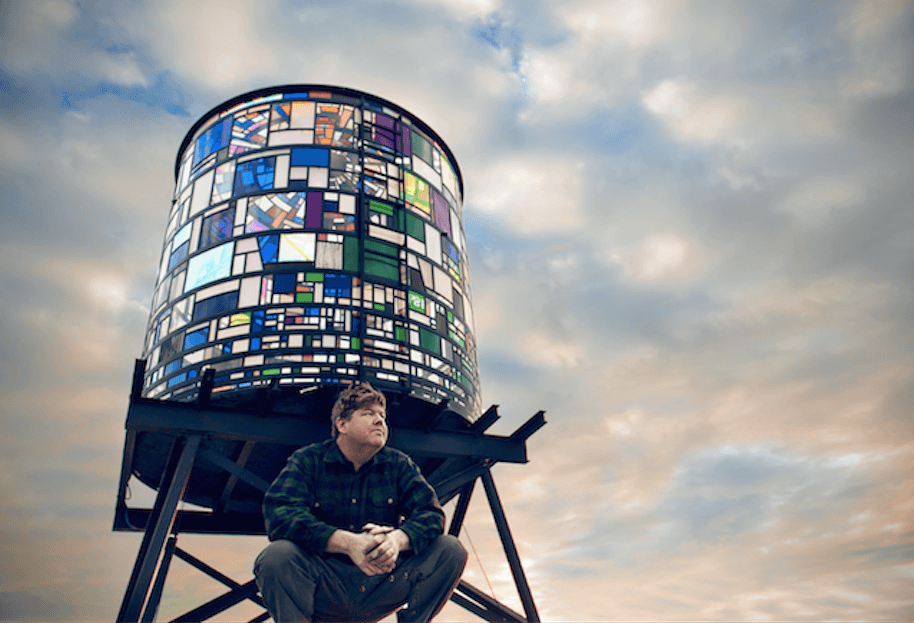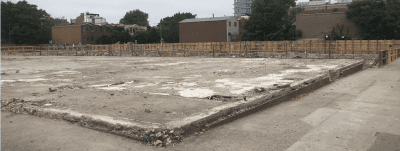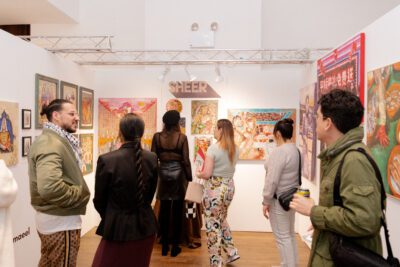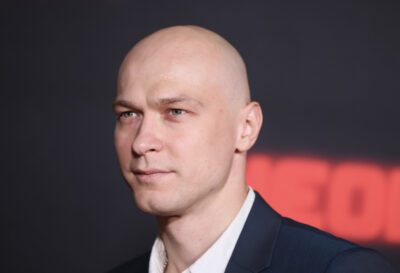FRESHMakers: Sculptor Tom Fruin Creates Stained Glass Architectural Icons

(Photo by Guerin Blask)
This interview is part of our FRESHMakers series, a collaboration with Arizona-born, Brooklyn-based photographer Guerin Blask. For this project, Blask took portraits of New Yorkers he finds inspiring: “I wanted to capture the faces behind the work I so admire. Each of these entrepreneurs has had a major impact on my daily life over the past decade, and I feel honored to have been given the opportunity to photograph each of them in his or her element.” Tom Fruin is one of them.
Tom Fruin is best known for his dazzling, stained glass creations, structures that pick up and amplify the light to give everything around the structure an ethereal glow. But he began his career inspired by something far more humble: Discarded drug baggies on the New York City sidewalk. “I grew up in Los Angeles and moved to the Lower East Side in 1996,” Fruin told Brooklyn Magazine. “Immediately I noticed small colored baggies all over the place, including my stoop. I spent so much time studying the colors and patters on the little drug bags that I started picking them up. After amassing a collection, I realized that each neighborhood has its own type of bags. I came upon the idea of making a quilt from them.”
Fruin began experimenting with stained glass as a way to represent iconic buildings in different cities, an project called the “Icon Series.” In Detroit, Fruin built a smokestack out of plexiglass. In LA, a billboard. In Brooklyn, Fruin created several watertowers. The installations are glorious things to behold, changing character as the light shifts throughout the day, sending splashes of color down on passersby, and then glowing from within as the sun sets. They are continuations of the original idea of a cobbled together quilt, put into architecture.
>Fruin just installed a watertower in Brooklyn Bridge Park, illuminated from within by LED lights powered by solar energy. He’s also designing and welding new signage for St. Ann’s Warehouse in Dumbo. And he sources all his scraps the same way: From what would otherwise be trash.
“The colored plexiglass is all scrap material from the manufacturing process, donated by Evonik Crylite or collected from the floors of Lower East Side sign shops,” Fruin explained. “This way, I reference the older found object quilts by still using discarded material representative of the colors found in the neighborhood.”
You might also like 



















